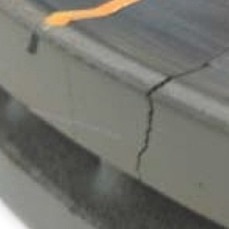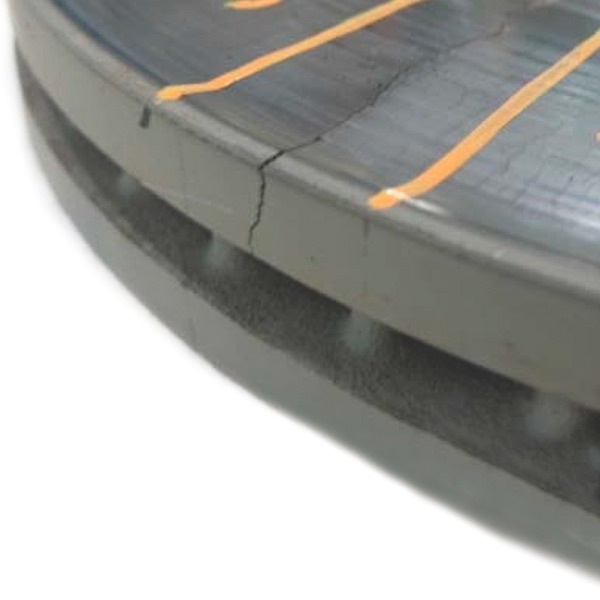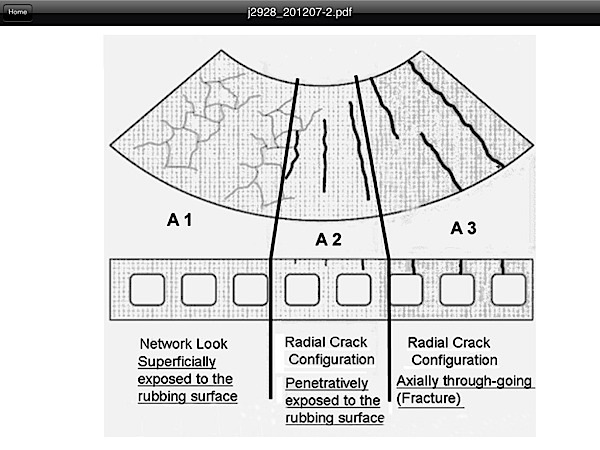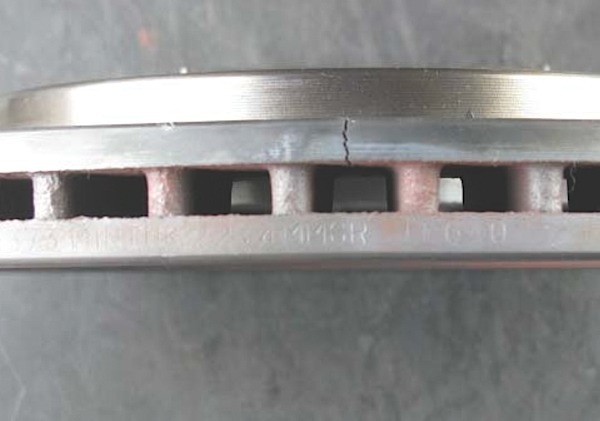
In 2012, an aftermarket rotor testing procedure was approved by the Society of Automotive Engineers (SAE) titled J2928 Brake Rotor Thermal Cracking Procedure for Vehicles Below 4,540 kg GVWR. The document was a marriage of current industry tests and best practices. The goal of the document was to make a standardize test that could evaluate an aftermarket rotor’s ability to resist cracking using a dynamometer.
For technicians and drivers, J2928 might change the way you decide what rotors go on a vehicle.
What is an SAE Standard?
An SAE standard testing procedure is a document that lays out procedures and sometimes standards for testing procedures. The goal of issuing an SAE standard is to get everyone on the same page so everyone can save money by reducing development and testing costs.
Typically, there are no lawyers or government officials involved. Often, competitors help to author a standard.
SAE is not the USDA or the FCC.

SAE is not performing the tests. The test can be performed on a brake company’s own dynamometer or at an independent laboratory.
The Test
SAE J2928 test procedures subjects a rotor to 150 heat cycles. A heat cycle is when a rotor is cold and brought to a high temperature. During a heat cycle, a rotor will expand and contract. This can create fatigue in a rotor that can cause cracking and structural failure.
During the 150 heat cycles, the rotor is inspected; this includes dimensions and a inspection for damage.
The objective of the test is to thermally and mechanically stress the rotor so any deficiencies in the metallurgy or structure are exposed. J2928 also covers how to document and classify cracks.

Unlike a USDA grade or a PG movie rating, SAE J2928 is just a document and procedures. It is up to the industry to adopt and embrace these tests. It can help the supply chain to compare and evaluate rotor manufacturers. It can add consistency and accountability to the supply chain. This will benefit shops directly.
The Marketing of J2928
Chances are you will never get your hands on a SAE J2928 report. But, you may have to deal with a supplier or manufacture using J2928 to sell you a brake rotor. This could be where some marketing departments and field reps could get themselves in trouble.
No one can claim their rotors are SAE J2928 certified. No rotor manufacturer can make the claim that by being able to pass the 150 stops that their rotors stop sooner, make less noise or last longer. J2928 does not test for this. Nor can a manufacturer make the claim that since their rotors are tested with J2928 that they meet a government standard set forth by DOT or NHTSA.

What a rotor manufacturer can claim is that their rotors were tested using the SAE J2928 and assessed using accepted industry performance criteria. Or, their rotors meet industry-accepted pass/fail criteria regarding number of cycles without severe cracks.
Bottom Line
SAE J2928 is a step forward because it helps everyone in the supply chain speak the same language and it sets criteria when it comes to measuring aftermarket rotors.
What SAE 2928 is:
• An aftermarket rotor testing procedure.
• A series of 150 heat cycles performed on a dynamometer.
• The test procedure measures the thermal and structural adequacy of a rotor
• A method of measuring, classifying and documenting cracks in the rotor.
• A tool for supply chain to perform quality control on the products it sells.
• A way to compare an aftermarket rotor to the OE rotor.
• It measures rotors for runout and thickness variation.
• It does specify a rotor must meet a percentage of the original rotor’s weight
• It does specify a rotor must be within certain dimensional tolerances.
What SAE 2928 is not:
• A way to police bad rotors.
• It is not mandatory for all manufacturers including OEMs.
• It does not measure on-vehicle performance or stopping distances.
• It does not measure noise or durability.
• It does not “certify” or “approve” a rotor.
• It is not performed on a vehicle
• It does not determine the design of the rotors fins.
Photos Courtesy of SAE












